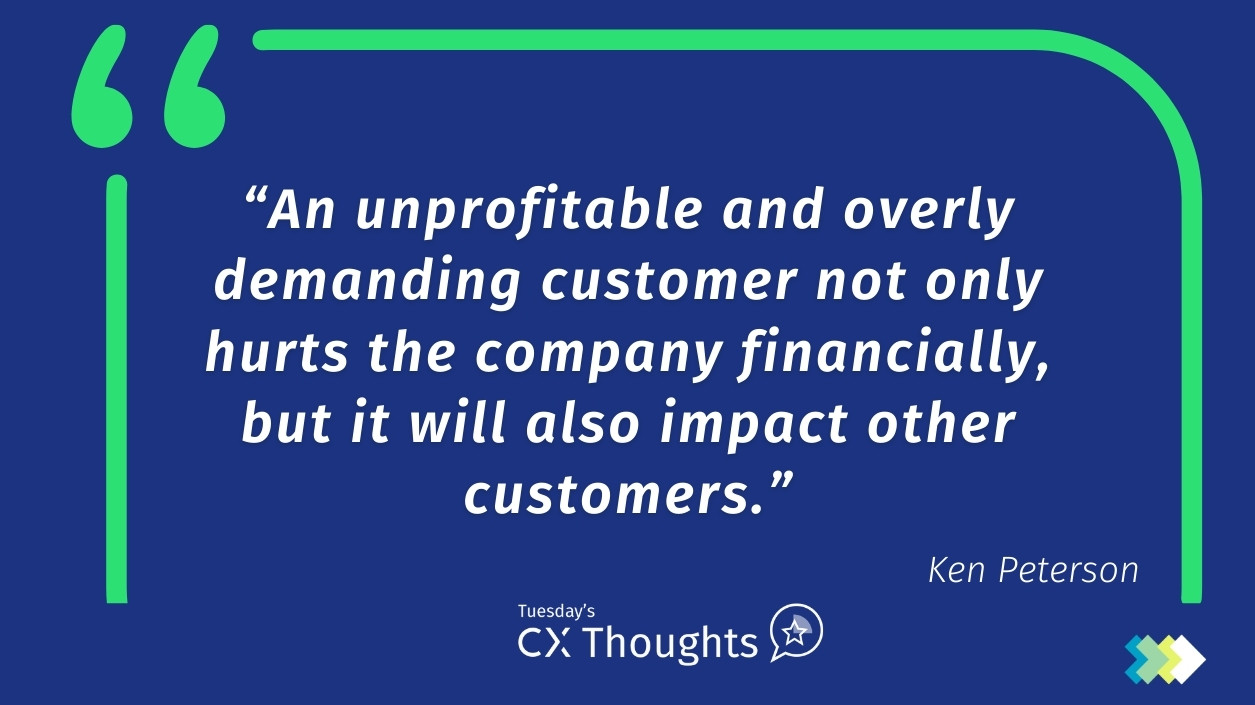
Not in the mood for reading? Check out this week’s Ken Summary Below:
Recently, I had a friend write a lengthy post about an airline after a particularly bad experience that included a little video snippet of some of the events stitched together. It had all the details about the lengthy delay related to a mechanical issue, an eventual cancellation, a missed connection, and, most prominently, the terrible response coming from the airline. Every interaction seemed to be worse than the next, and it had the appearance of a “worst day ever” type of experience.
The story had quite a few comments from friends sympathetic to the terrible travel events, some offering advice that could only come from seasoned travelers and others that just wished them well with the hopes of getting to their destination. Several days later, it was realized that the seemingly simple social media post had gone viral, with over fifty thousand views.
At that point, someone from the airline – who had ignored their post when it had only a couple hundred views – reached out and asked them to take down the post. It was tarnishing their reputation. When they were initially tagged, the airline in question did nothing and said nothing. Only when it took off did they offer an insincere apology and request that the post be removed.
Is the business more worried about their image? Or providing a better experience?
Conduct an online search about “How to fix your online reputation,” and there are quite a few sponsored advertisements about “removing and burying negative results.” Beyond the paid listings, there is more advice – some with seven steps or more, some with six steps, and even one I saw with “five simple steps.”
Each of them had some advice about asking the websites to remove the negative content or removing your business profile in favor of a new one so all the negative reviews are not assigned to your “business review site” any longer. I even read a couple of pieces of advice suggesting the threat of litigation would coerce those providing negative reviews to remove their posts.
In fact, looking back at the airline review, there was a case of one individual who lost his enrollment in a loyalty program due to complaints, in a case that went all the way to the Supreme Court. Seems pretty extreme for some complaints and bad reviews.
Like a contestant in the old game show called “Name That Tune,” I will go less than 10, 7, 6 or even 5 steps. My advice has ONE step. After years in the customer experience industry and working with countless organizations, the advice for a better online reputation is simple: STOP SCREWING UP THE CUSTOMER EXPERIENCE!!
Now I know everyone is probably already saying “Of Course!” facetiously at the moment, but hear me out on the explanation. I am not suggesting that every organization should have a perfect NPS or CSAT score. That would be easy…give everything away for free and spend an unlimited investment to ensure the “customers” getting your free product are happy. They will still likely have some complaints and you would no longer be in business.
Even when it comes to online reviews, there is no need to please everyone. Some people are going to vent because they had a bad date that happened to be at a specific restaurant. Some are hoping to evoke a response from management that will yield the customer benefits they had not earned except through complaining. This idea was lampooned in the 4th Episode in Season 19 of the animated sitcom show South Park titled “You’re Not Yelping”.
The idea behind “customer experience” is not about getting perfect scores and making every customer a happy customer. In fact, part of a well managed customer experience strategy will see a company offering less – both value and service – to customers that are not mutually beneficial to the company as well. “Firing the customer” is a part of not screwing up the customer experience. That customer may not appreciate their firing, but an unprofitable and overly demanding customer not only hurts the company financially, but it will also impact other customers – perhaps some that have earned more attention than is instead being given to the bad customer.
Where does this apply to online reviews? Sometimes you do not know if the customer posting the review is a good customer or bad one. This may be an individual that – like the Yelp reviewers in the South Park episode – just is calling themselves out for special indulgences and really not interested in the review helping the company improve the experience for them or other customers.
Here the solution is also simple – understand that there will be bad days which will result in some negative reviews. It is what you do with those reviews afterward. First, you should have a way to track those negative reviews.
This is not a “social media monitoring” tool that looks for keywords or summarizes the sentiment of the online discussion. Rather, like a closed-loop feedback ticketing system, it will generate opportunities to correspond with the customer to better understand the motivation behind individual reviews. When any review is received, it should be acknowledged – both positive and negative. For the negative reviews, be ready to have a discussion with the customer in front of an audience that could encompass anyone with access to the review site. Understand the feedback, admit the mistakes, address the root cause and respond with the efforts being taken to correct the situation. If I’m not mistaken – these are pretty much the same steps we tell individuals to take in measuring and understanding customers in a viable customer experience program. In other words, do not screw up the customer experience.
The goal is not perfection; it is improvement. You do not improve by just asking someone to remove a negative review, no matter how many views it has received.
Is there something wrong with your customer experience?
When you complete an honest assessment, the outcome can be beneficial. Particularly when it comes to your Customer Experience program.
Take five minutes and complete an audit for your organization here.
You may discover a gap in measurement, an opportunity to improve a process, the place where an organizational shift needs to take place or an opportunity to win a greater share of your customers’ wallets.
We all want that bigger “return”. In this situation, the worst case scenario is that you’ll get some information that will help your organization since there is no cost or obligation in completing this audit.







